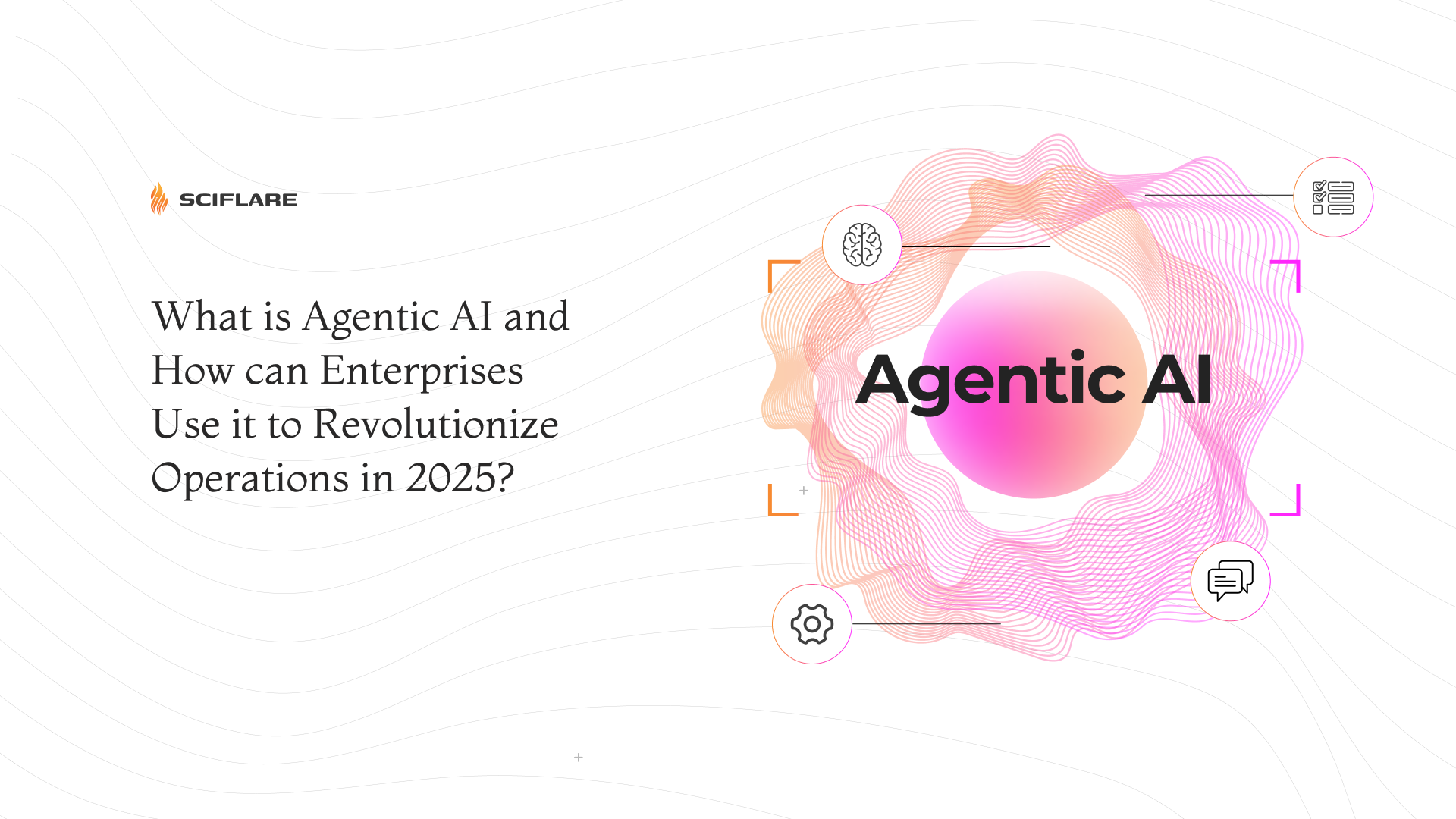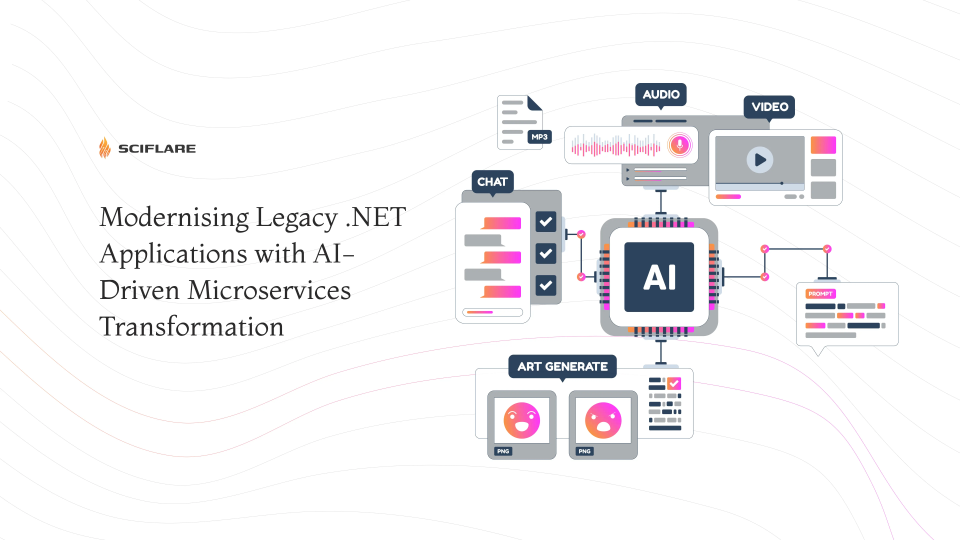
How Do Cross- Border Data Processors Comply With GDPR?
Written by: Shiva Kumaran
Quick Summary
The GDPR applies to all data controllers and data processors operating in the EEA.
Third-party countries from which data controllers outsource IT services are also bound by the GDPR.
GDPR compliance creates a space where businesses can supplement their talent gaps for digital transformation effectively by outsourcing from third-party countries.
The GDPR requires cross-border data processors to adhere all their processing activities (any action taken on the data provided by the controller) in alignment with the defined objectives and take appropriate steps to safeguard its privacy.
Introduction
The GDPR, or General Data Protection Regulation, applies to data controllers and data processors based in the European Economic Area (EEA). While it does not mandate data localization, it requires data processors (third-party vendors who process and act on the controllers’ data on their behalf) to follow “appropriate safeguards” while transferring data outside the EU. These safeguards are established in Articles 44-50 of the GDPR. As a credible IT staff augmentation company, we follow these guidelines to the last detail, enabling our cross-border clients to get access to specialized expertise for all their digital transformation needs reliably.
This blog details the core ways in which data processors can abide by the GDPR and fuel innovation with specialized expertise required by businesses in the EU.
Our GDPR Compliance Measure
Discussed below is a breakdown of GDPR compliance measures necessary for data transfer outside of the EU.
Step 1: Data Processing Agreement
The first step is to sign the Data Processing Agreement with the data controller (the organization or individual collecting personal data and determining its usage). This enables us to understand the scope of data processing, the purpose of the collected data, and its expected processing, including the duration of using the collected data for the specified purpose. Having understood the processing activities expected from us, we adhere to established processes for identifying and promptly reporting any possible data breach to the controller.
Step 2: Adhering to Document Instructions
As credible and responsible data processors, we carefully follow the established instructions from the controller to ensure no independent use is made of any personal data. Having a laser-sharp focus on the directives of the controller, we understand the scope of data processing and align all processing activities within the same.
Step 3: Implementing Security Measures
For data integrity and security throughout the duration of processing, we maintain robust confidentiality and implement tamper-proof security measures as part of our commitment to protect data, such as role-based access controls, end-to-end encryption, and secure storage in accordance with GDPR directives.
Step 4: Sub-Processor Directives
Following Article 28 of the GDPR, processors cannot engage other sub-processors unless they have the controller’s prior and written authorization. Even if the authorization is in place, processors should ensure that they inform the controller of the change beforehand, giving them an opportunity to object to it. As such, authorized sub-processors should be under a confidentiality obligation themselves and should abide by the clauses laid down by the Data Processing Agreement signed with the controller.
Step 5: Adhering to Standard Contractual Clauses
Articles 44-50 of the GDPR establish rules for data transfer across borders. While outsourcing data to third-party countries for digital transformation or emerging technology development needs, both controllers and processors are bound to GDPR regulations, which revolve around using the data under defined clauses and the purpose defined by the controller, both ensuring clarity on clauses, implementation of appropriate security measures, and usage of personal data with utmost integrity.
Step 6: Breach Mangement and Prompt Notification
Data processors from third-party countries should notify the controller about a data breach within 72 hours, ensuring there is no undue delay and seek guidance on established steps to minimize the damage and prevent further cybersecurity threats, providing for efficient breach management and notification.
Step 7: Documentation
As reliable and transparent data processors, we maintain extensive records for our data processing activities by efficiently categorizing data (based on access control, storage, use, security protocol, and so on). These records are tamper-proof and easily accessible to respective controllers or supervisors for review at any time of our engagement.
Step 8: Data Deletion or Return
As per the GDPR, data processors should either return the personal data shared to them to the controller or delete it after all defined processing activities have been completed. Instances where processors can retain the data are specified by law. This ensures that personal data shared with a third-party country for outsourcing specialized technology skills is never misused and builds a credible ecosystem where the right skill sets are supplemented for businesses that cannot access them within their geographical means.
Best Practices for Credible Outsourcing To Third-Party Countries
Digitization has made the fast pace of business transformation necessary. Transformation is no longer limited to automating repetitive tasks. It is about leveraging the latest technologies, such as AI, Agentic AI, Blockchain, Big Data, AR, VR, and so on, to unlock core competencies, eliminate the inefficiencies of the past, and prepare for a future where humans and computers collaborate seamlessly for driving business growth.
As such, data security or credibility should not be a barrier to innovation. It should function as a shield that safeguards the interests of data controllers and data processors. With the following best practices, businesses in the EU and cross-border data processors can work seamlessly and get the maximum out of that engagement:
Prioritizing data security by design, from the ground-up to enhance privacy during development.
Defining clear roles and responsibilities for both parties to streamline collaboration and compliance.
Incorporating comprehensive employee training for compliance and extra security measures like regular security checks, data authentication, role-based access, and encryption.
Proactively maintaining transparency with data controllers by keeping an updated list of sub-processors based on GDPR guidelines.
Staying up-to-date with evolutions in technology, law, and compliance requirements to ensure timely checks and balances.
Exploring India’s Talent Base
As software increasingly becomes the core of every business, the demand for the right specialization and expertise is greater than ever in 2025. Considering present-day dynamics, every business either needs to undergo digital transformation completely or is already in the midst of it. As such, dedicated developers with the necessary expertise, proven ability to translate industry-specific business requirements into effective software capabilities, and in-depth knowledge of the end-to-end development best practices can fill talent gaps for organizations unable to access the required talent locally.
Several factors come into play here for determining a country’s labour market and talent base. For example, India is known for demographic dividend and a primarily young population that constitutes the majority of the workforce today. Additionally, Indian developers have the proven ability to solve complex engineering challenges, understand diverse and global business requirements, and have hands-on experience in delivering custom solutions to position every business as equipped for the data-driven, digital transformation era.
Innovations by Indian engineers have crossed borders as well as transformed the quality of life in India. With several home-grown unicorns, first-hand experience of technology to solve for a massive population, and transforming a nation’s habits into digital-first, the accolades are many. What matters most for businesses is leveraging this constantly honed and updated technical expertise to build future-proof solutions that fuel their growth and enable them to enhance their core competencies.
FAQs
1. How can I maintain project control by outsourcing software development from India?
With a credible IT staff augmentation company like Sciflare, you can maintain complete project control throughout and review the progress on your development at any time. Our expert developers directly report to you during the duration of the contract and leverage advanced project management tools that facilitate seamless remote work, collaboration, and real-time status updates.
2. What is the cost of hiring Indian developers?
The cost of hiring Indian developers ranges between $15-$30 per hour, depending on the developers’ experience, specialization, and your tech stack requirement. This is significantly less than the per hour costs of $40-$80 per hour for Western nations and enables all businesses to fulfil their digital transformation needs without compromising on quality.




